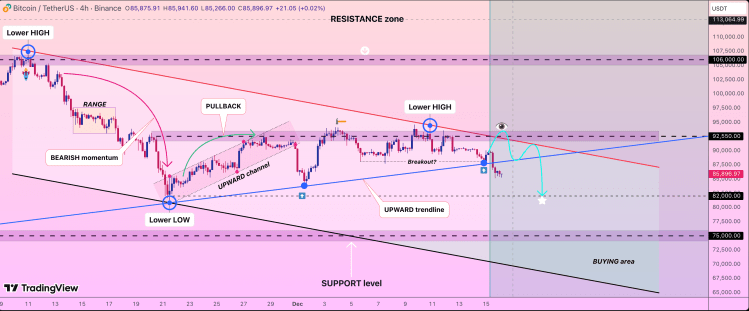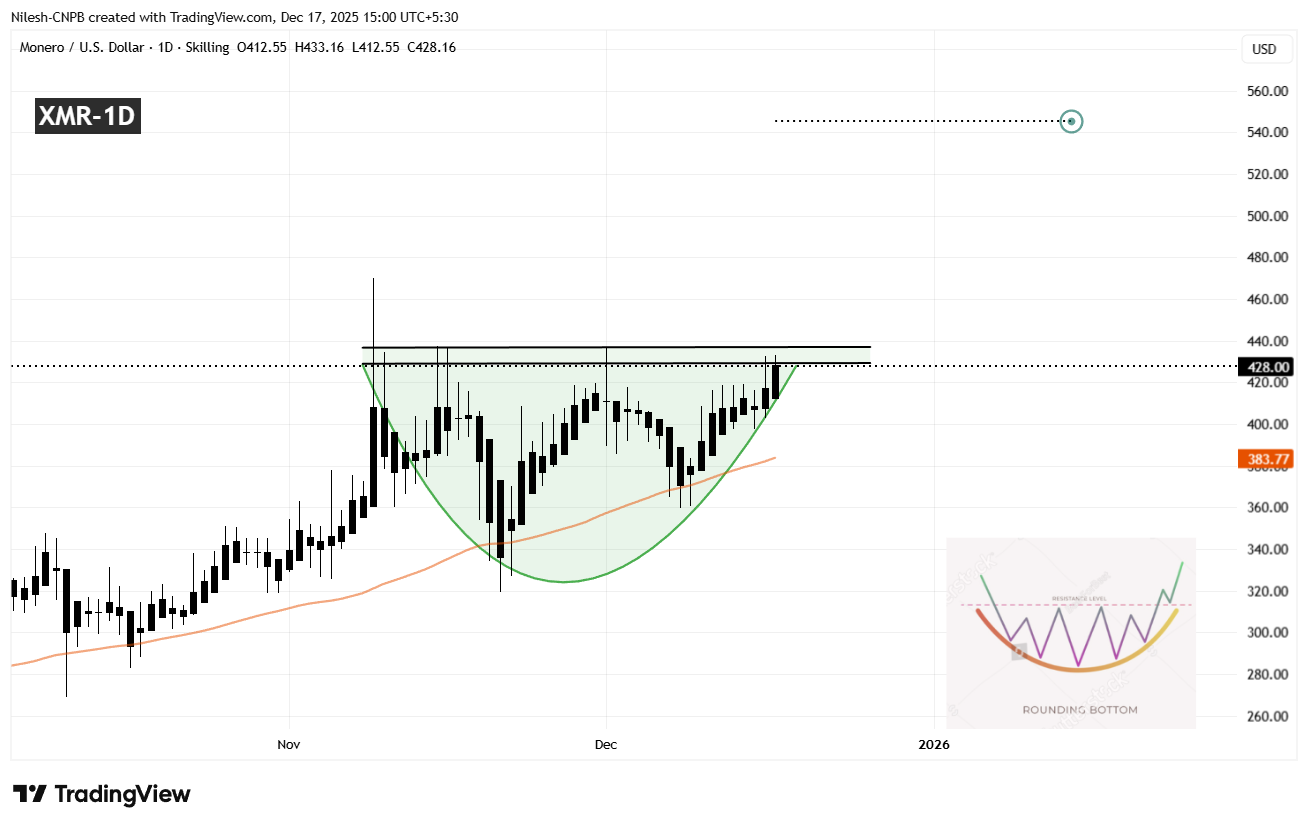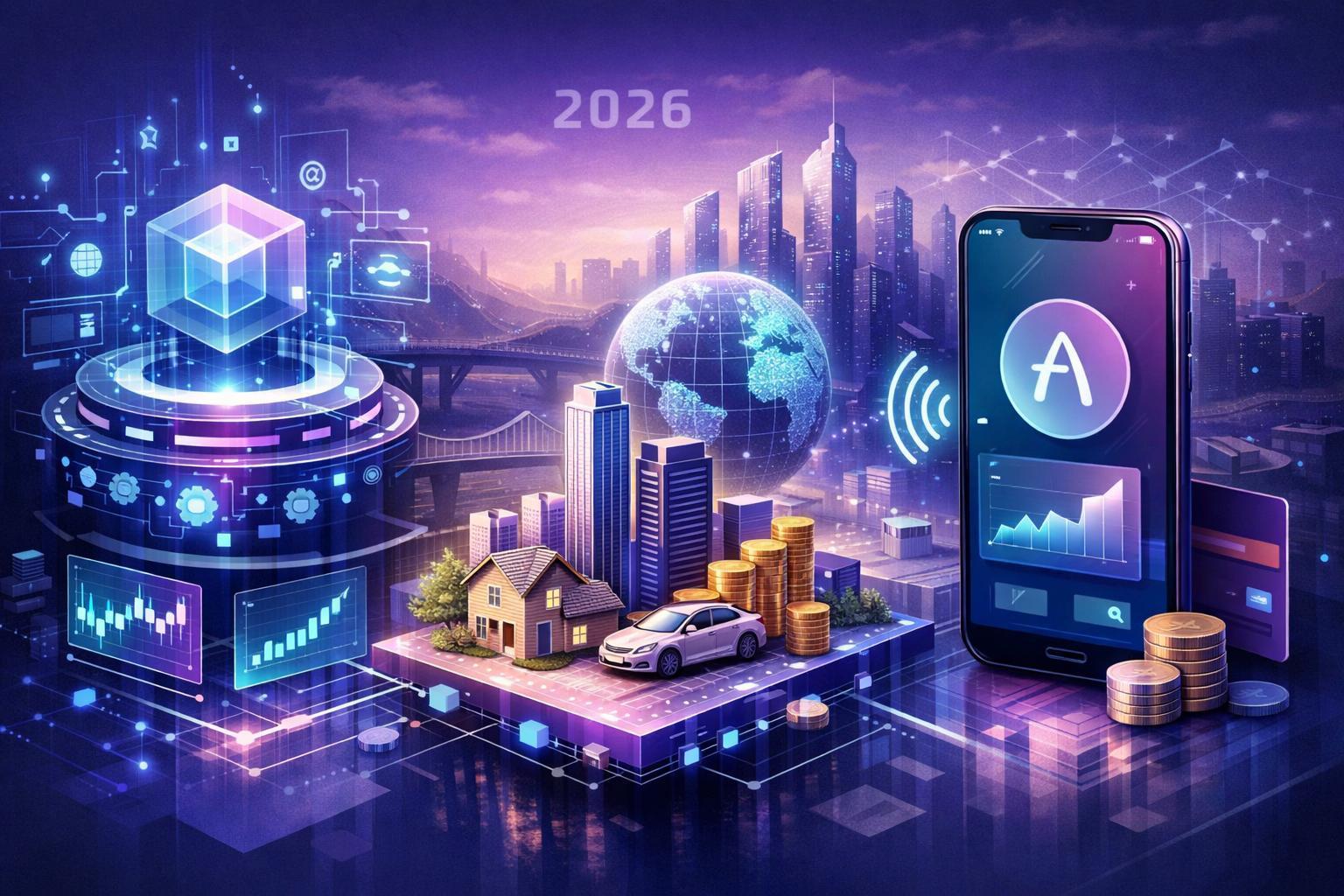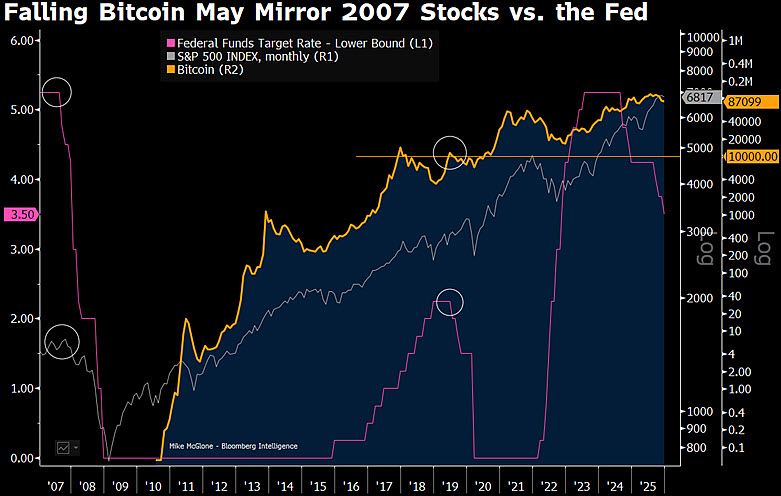Energy, not programming, will ultimately decide the victor in the AI competition
- Schneider Electric CEO [Name] announced a strategic shift to modernize grids and expand renewables, aligning with AI's surging energy demands. - The move responds to global energy competition, contrasting China's coal-renewables hybrid strategy with U.S. infrastructure challenges. - C3.ai's 25.58% stock plunge highlights AI sector fragility from centralized leadership and energy instability risks. - Schneider emphasizes "energy resilience" through modular grids and public-private partnerships to secure A
Schneider Electric, a company with nearly two centuries of history, is undertaking a major transformation to lead in the age of artificial intelligence (AI), according to CEO [Name]. The CEO stressed the critical need to adapt energy systems to meet the rapidly growing requirements of AI technologies. This shift is happening as countries and businesses worldwide compete to secure energy leadership in a landscape where electricity demand is quickly surpassing traditional barriers such as workforce and funding.

The CEO described a two-pronged approach: upgrading Schneider’s grid infrastructure to accommodate AI-powered data centers, and broadening its renewable energy offerings to address the environmental and financial challenges posed by AI’s increasing energy consumption. “[AI] is fundamentally an energy challenge, not just a software one,” [Name] remarked in a recent discussion. This perspective is reflected in a
The pressing nature of this transition is highlighted by recent instability in the AI industry. C3.ai, a provider of cloud-based AI solutions, experienced a sharp decline in its share price following lawsuits alleging that company leaders misrepresented financial conditions and the CEO’s capabilities, as detailed in a
Schneider’s new direction seeks to insulate AI’s energy requirements from these risks. The company is channeling resources into scalable, high-efficiency grid technologies that can keep pace with AI’s rapid expansion. It is also increasing investments in solar and nuclear power, following China’s model of blending short-term fossil fuel reliability with a long-term focus on clean energy leadership. “[We] are providing more than just equipment—we’re delivering energy security,” [Name] explained, referencing collaborations with governments to expedite grid upgrades.
The CEO further discussed the global implications. While China’s government-driven energy initiatives are cementing its AI dominance, the U.S. and Europe are struggling to reconcile free-market ideals with the need for targeted industrial strategies. Operating in more than 100 countries, Schneider is managing these complexities by promoting alliances between the public and private sectors to speed up infrastructure progress. “[Success in] the AI era depends not only on innovators, but on the nations that supply their power,” [Name] emphasized.
Schneider’s strategic shift mirrors a wider industry awakening. With AI’s power usage expected to equal that of 22% of American households by 2028, companies are being forced to reconsider how to achieve both sustainability and growth. For Schneider, the issue is not only technological but also fundamental: staying relevant in a world where energy infrastructure has become the main obstacle to technological advancement.
Disclaimer: The content of this article solely reflects the author's opinion and does not represent the platform in any capacity. This article is not intended to serve as a reference for making investment decisions.
You may also like
The Bearish Structure That Puts Bitcoin Price At $92,550, And Then $82,000

Is Monero (XMR) Gearing Up for a Bullish Breakout? This Key Pattern Formation Suggest So!

Aave charts post-SEC expansion as DeFi lender sharpens growth strategy

Don't Be Surprised If Bitcoin Resets to $10,000: Top Bloomberg Expert Reveals 2007 Parallel
